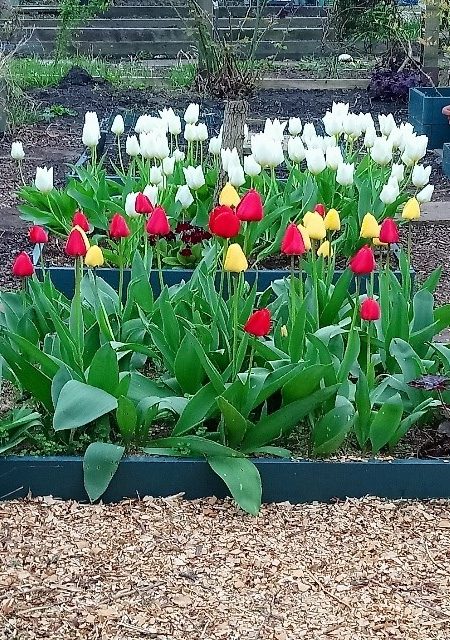
- Our trip to Wisley Garden
- Store Saturday opening until end of April
- Plant Augergines now for a special challenge in the Autumn show
- Remembering Derrick Ratcliffe

by admin

by admin
by admin
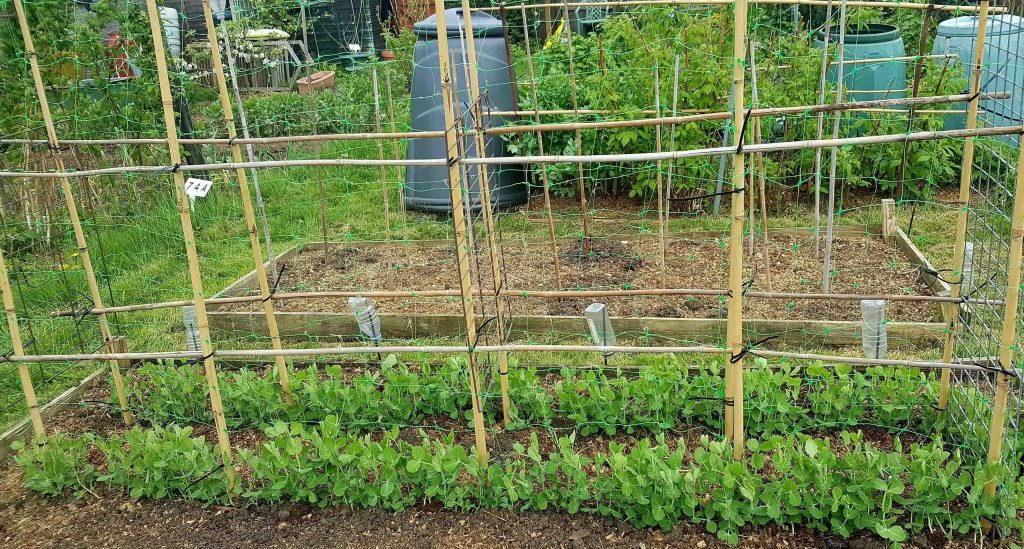
Maintaining soil and structures and planning ahead
Sowing and growing
Harvesting
Gardening for Wildlife
by admin
by admin

by admin
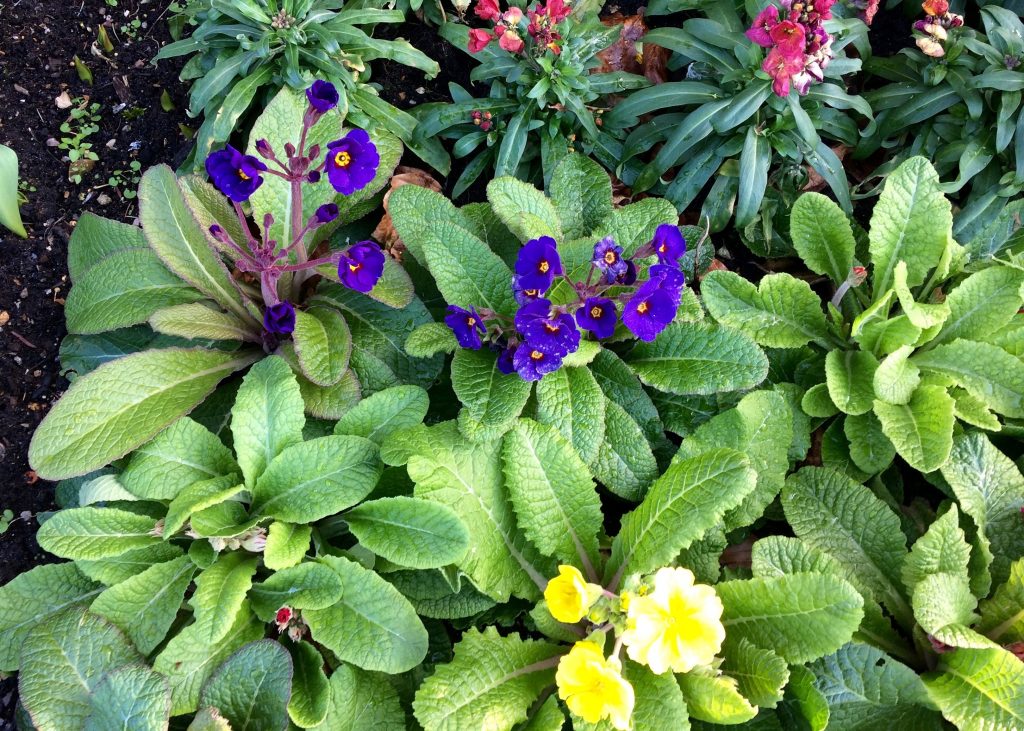
Dear Roehampton gardeners!
We’re writing to you from up the hill on Putney Community Gardens! This is our third year and we’re working hard and learning a lot! Some of our raised beds are East facing and surrounded by high blocks so have limited sunshine, they are also far from a water source. We’ve decided that a few hardy pollinator friendly or forageable perennials is the way forwards with managing these plots. We do our best to do swaps, find and use salvaged plants and take cuttings. We therefore wanted to reach out and ask if any of you might be in the process of thinning your perennials at this time of year? If you have any shrubs or cuttings to spare, we plan on visiting the allotments shop on the Pleasance on Sunday the 10th of February and would be delighted to pick up any plants going spare and spread the pollen up the hill! Alternatively feel free to drop off any plants during our gardening session on February the 17th from 10-12 🙂
Thank you for reading and helping out!
Rowan, Floriane, Blae and Charlotte from Putney Community Gardens
by admin
| February 20th | Check your email for your invoice. If it hasn’t arrived let us know |
| February 28th | Giving up your allotment? Let us know before this date (by e-mail or post) to avoid April’s rent. |
| March 31st | Pay your invoice before this date (cheque or bank transfer only please) and collect your new membership card from the store. For Associate members (RGS subscription £2.50) cash will be accepted in the store and membership cards will be issued at that time. |
Use our contact form
Email: rgs.sw15@gmail.com
Text: 07736 422 373.
By Post: RGS, The Pleasance Allotments, The Pleasance, London SW15 5HF
by admin
by admin
 The RHS is moving several shows away from the Horticultural Halls in London to RHS gardens. This includes the RHS Early Spring Plant Fair and the RHS Harvest Festival Show both moving to RHS Garden Hyde Hall in Essex. Once the new events building is open at Wisley, one or more of the shows may move from Hyde Hall to Wisley in 2020.
The RHS is moving several shows away from the Horticultural Halls in London to RHS gardens. This includes the RHS Early Spring Plant Fair and the RHS Harvest Festival Show both moving to RHS Garden Hyde Hall in Essex. Once the new events building is open at Wisley, one or more of the shows may move from Hyde Hall to Wisley in 2020.
The first London show in 2019 will be the RHS Orchid Show & Plant Fair on 8-10 April.
The relocated shows at Hyde Hall and Wisley will be free for RHS members.
by admin
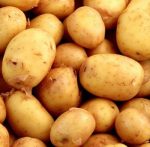
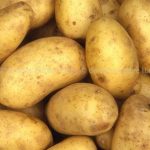
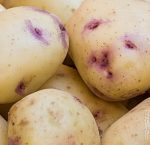
Our first bulletin of the year
Download and read January 2019 Bulletin
by admin
Maintaining soil and structures and planning ahead
Sowing and growing
Harvesting
Pruning
Gardening for wildlife
by admin
Maintaining soil and structures and planning ahead
Sowing and growing
Harvesting
Pruning
Gardening for Wildlife